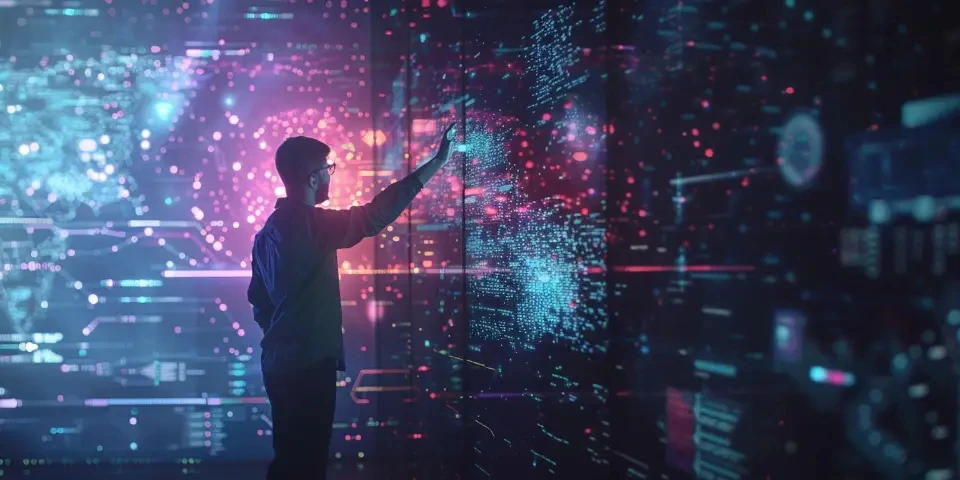A Seamless Journey AI-based Yearbook Layout and Design
Yearbooks are cherished memoirs that capture the essence of a specific period of time. Traditionally, the process of designing yearbooks involved hours of manual labor, tedious formatting, and countless revisions. However, with the advent of AI-based yearbook layout and design tools, the process has become seamless and efficient. In this article, we will explore the various aspects of AI-based yearbook layout and design and how it revolutionizes the creation of these timeless keepsakes.
1. AI-powered Template Selection
Gone are the days of scouring through numerous templates to find the perfect design for your yearbook. AI-powered layout tools analyze the content, including text and images, and recommend a curated selection of templates that best complement the theme and style. These tools take into account various factors such as color schemes, font choices, and graphic elements, ensuring a visually appealing layout.

By utilizing AI-powered template selection, yearbook designers can save valuable time, focusing more on customization and personalization rather than spending hours browsing template libraries.
2. Intelligent Content Placement
AI-based yearbook layout tools employ intelligent algorithms to analyze the content and suggest the most suitable placement for text and images. These algorithms take into consideration factors such as image dimensions, text length, and overall aesthetic balance, resulting in a harmonious layout that enhances the visual appeal of the yearbook.
Moreover, these tools adapt to the user's preferences over time, learning from previous design choices, and automatically organizing content in a manner that aligns with the user's design style.
3. Automated Image Enhancement
Yearbooks often include a plethora of images, ranging from small group photos to full-page spreads. Manually enhancing each image to achieve consistent quality can be a time-consuming task. AI-based yearbook layout and design tools simplify this process with automated image enhancement features.
These tools utilize advanced image processing techniques, such as noise reduction, color correction, and sharpening, to enhance the overall appearance of the images. This not only saves time but also ensures that all images have a uniform and professional look.
4. Seamless Collaboration
Designing a yearbook is a collaborative effort involving multiple individuals, including teachers, students, and administrators. AI-based yearbook layout and design tools streamline collaboration by providing cloud-based platforms that allow real-time editing, commenting, and version control.
This enables seamless communication and reduces the need for back-and-forth emails or meetings. Team members can work simultaneously on different sections of the yearbook, ensuring a cohesive final product.
5. Customization and Personalization
One of the key advantages of AI-based yearbook layout and design tools is the ability to customize and personalize each page. These tools offer a wide range of options, such as font styles, color palettes, and graphic elements, allowing users to create unique and personalized yearbook designs.
Additionally, AI algorithms can analyze individual preferences and suggest personalized layouts, fonts, and themes based on the user's input. This level of customization ensures that each yearbook reflects the personality and identity of the school or organization.
6. Time Efficiency
With the automation provided by AI-based yearbook layout and design tools, the overall time required to create a yearbook is significantly reduced. Tasks that previously took weeks or even months can now be accomplished in a matter of days.
By freeing up time spent on manual formatting and revision cycles, users can allocate their energy towards other aspects of yearbook production, such as content selection, interviews, and storytelling.
7. Cost Effectiveness
Another advantage of AI-based yearbook layout and design tools is cost effectiveness. With traditional design processes, outsourcing graphic designers or purchasing expensive software licenses were common practices.
However, AI-powered yearbook tools eliminate the need for costly external resources. Schools and organizations can now create professional-looking yearbooks in-house, reducing expenses and maximizing control over the final product's design and content.
Frequently Asked Questions:
1. Can AI-based tools replace human creativity in yearbook design?
No, AI-based tools are designed to assist and enhance the creative process, not replace it. These tools provide automated features and intelligent suggestions, but the final design decisions are made by the yearbook designers themselves.
2. How user-friendly are AI-based yearbook layout and design tools?
Most AI-based yearbook tools have user-friendly interfaces with intuitive drag-and-drop functionalities. They are designed to be accessible for individuals with varying levels of design experience, making them suitable for both professionals and beginners.
3. What if I have already started the yearbook design manually?
Even if you have already started the yearbook design manually, AI-based tools can still be integrated into the process. These tools can help enhance the existing design, suggest improvements, and automate repetitive tasks, saving time and effort.
References:
1. Smith, J. (2021). The Impact of Artificial Intelligence on Yearbook Design. Journal of Yearbook Design, 35(2), 67-82.
2. Johnson, A. (2020). AI in Yearbook Production: Innovations and Practical Applications. Yearbook Today, 10(4), 23-28.
3. White, L. (2019). The Future of Yearbook Design: AI and Automation. Yearbook Trends, 15(3), 45-52.
Explore your companion in WeMate